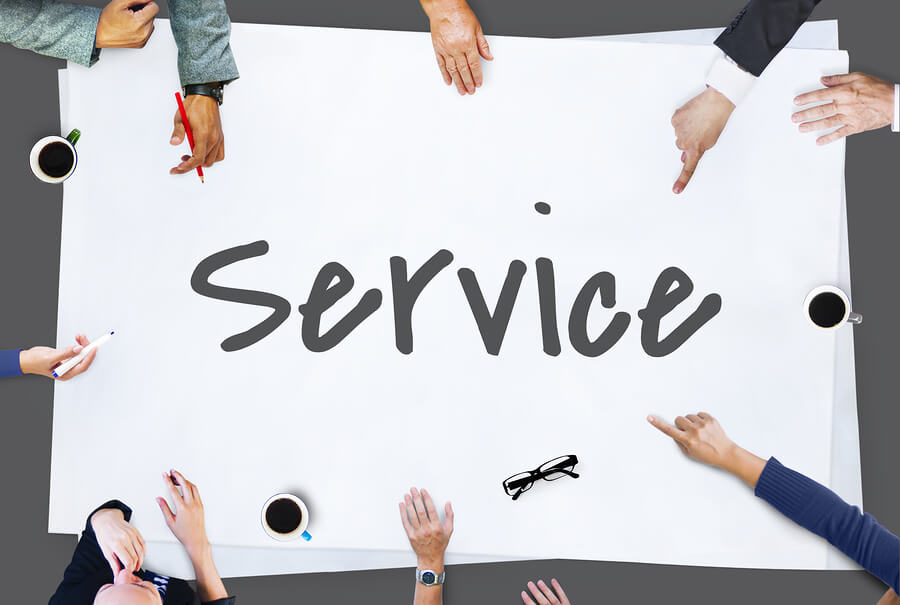4 Ideas to Offer More Personalized Service to Customers

In order to ensure customer retention, businesses need to engage customers better by offering more personalized solutions and services to them. In this regard, analyzing data and utilizing it to provide more tailored service is important to increase business profitability in the future. When it comes to data, it must be used sensibly and in a meaningful manner. An Infosys study found that 86% of consumers say personalization plays a role in their purchasing decisions. Personalization helps bridge the gap between what a company offers and what consumers want. Let’s have a look at some of the best practices to provide more personalized experiences to clients.
Create Customer Profiles
The first step for providing personalized service is to know your target market. For better understanding of your clientele, you must know their needs and preferences. The top practice is to segment your market on the basis of demographics and psychographics. Building strong customer relations after getting to know them better is at the heart of selling successfully. Merely knowing your client’s name and age is not enough. An organization must be able to identify the preferences of a particular customer segment, their purchasing behavior and expectations from businesses. For instance, Millenials want companies to have a strong digital presence and be available to solve their customer support needs around the clock.
Offer Customized Solutions
Once your business has sorted customer profiles, start tailoring the product or service as per their preference as a shift towards customization is essential in order to stay competitive. Customers want more control over their buying experiences, hence, giving them the option to create and choose product details as per their inclination will result in greater satisfaction. The changes could be as small as color preferences to developing an entirely new product with a range of options given to them. For instance, Dell has succeeded with individual customization as its products are exceedingly customizable.
Engage and Recommend Based on Needs
People today are constantly bombarded with marketing messages across different platforms. This sort of marketing has no impact since customers tend to ignore, block or easily forget such messages. They can be engaged better by making the content as relevant as possible and according to specific needs of an individual after research and studying their behavior. For better outcome, frequency and timing should also be accurate. Businesses can make recommendations to customers by analyzing their frequently viewed or purchased products/services. For instance, Netflix knows it audience and their viewing patterns, hence, it recommends similar videos. Similarly, if a live chat service is being offered on a website, products can be recommended to customers based on their keyword search and for returning customers, live chat agents can offer them choices based on previous conversations.
Design Preference-Based Loyalty Programs
Loyalty programs are effective in creating a memorable experience for customers and to ensure they keep coming back for more. A study from Forrester reveals that about 64% of retailers say loyalty and rewards programs are the best way to connect with consumers. In order to reward your customers, first get to know them better and what they would appreciate from your company. Learn more about their needs and create different programs for different target markets. Offering bespoke rewards programs will help in driving more customer satisfaction and better results.

